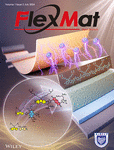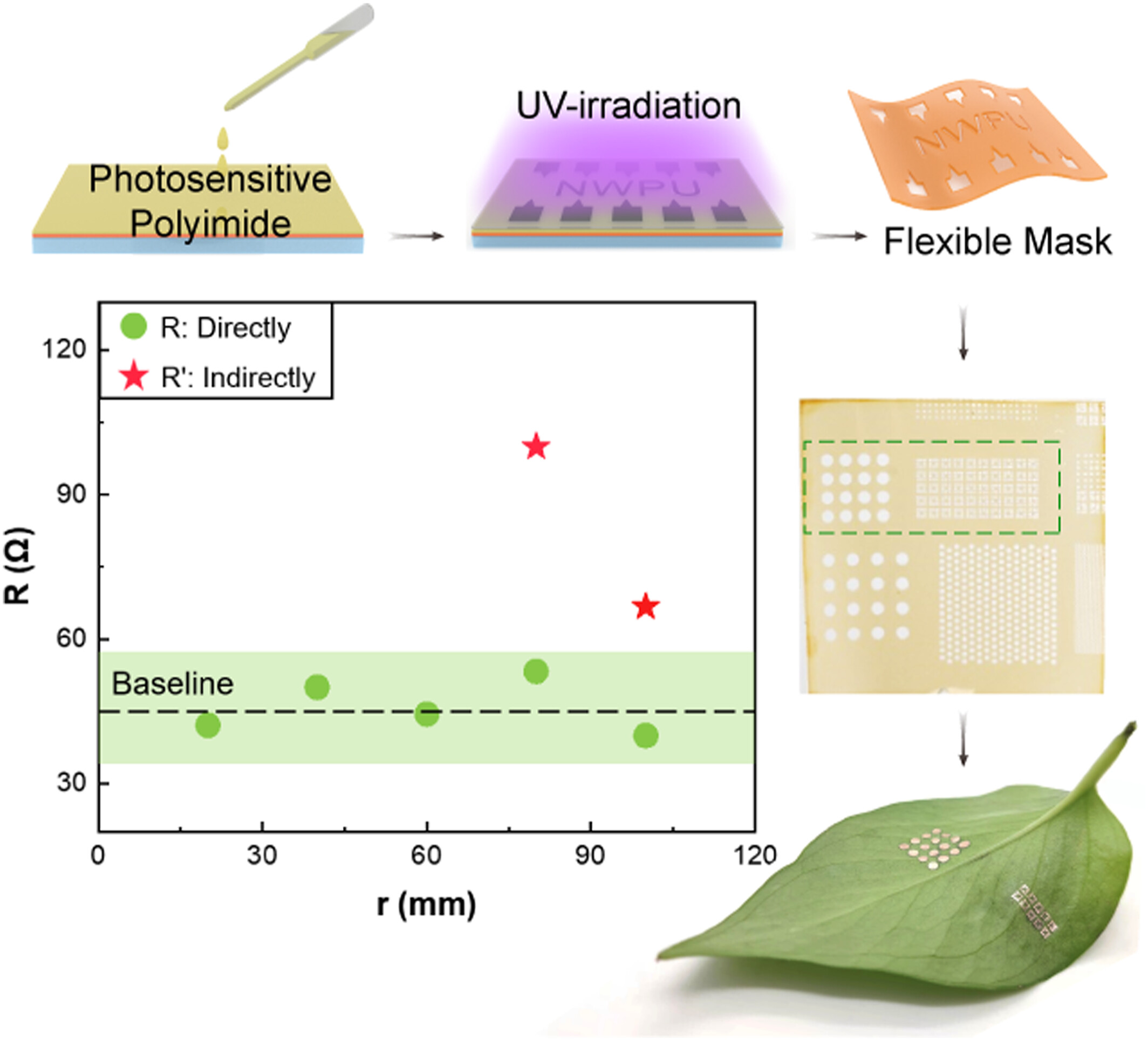Journal list menu
Export Citations
Download PDFs
COVER IMAGE
Cover Image
- Page: i
- First Published: 30 July 2024
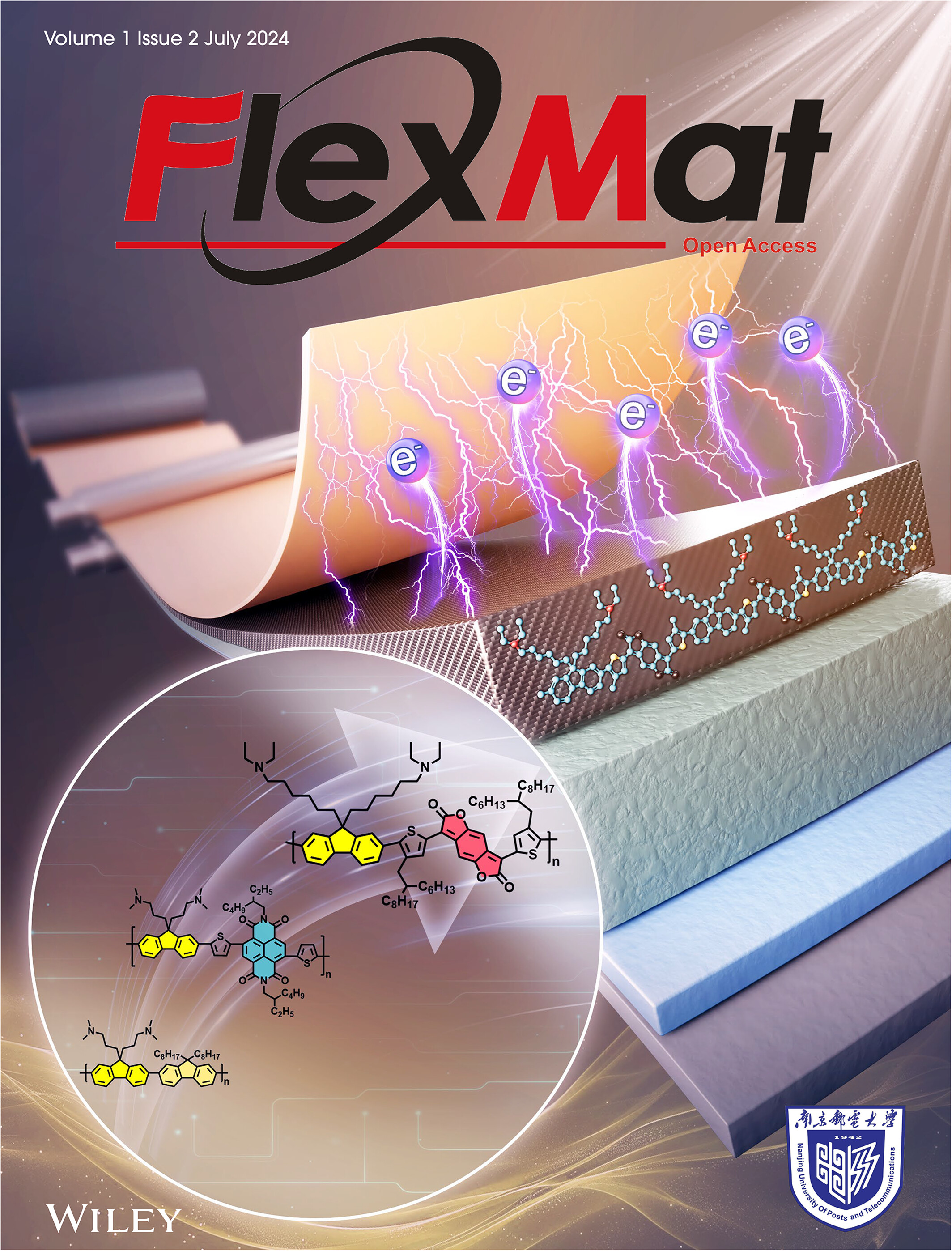
A novel electron-deficient quinone structure was successfully developed and introduced into the conjugated backbone, significantly enhancing the electron mobility. The resulting polymer demonstrated remarkable insensitivity to film thickness when utilized as the electron transport layer in organic solar cells, presenting a promising solution for the fabrication of large-scale flexible devices in the future.
ISSUE INFORMATION
ARTICLES
Self-doped conjugated polymers with electron-deficient quinone units for enhanced electron transport in highly efficient organic solar cells
- Pages: 105-115
- First Published: 04 June 2024
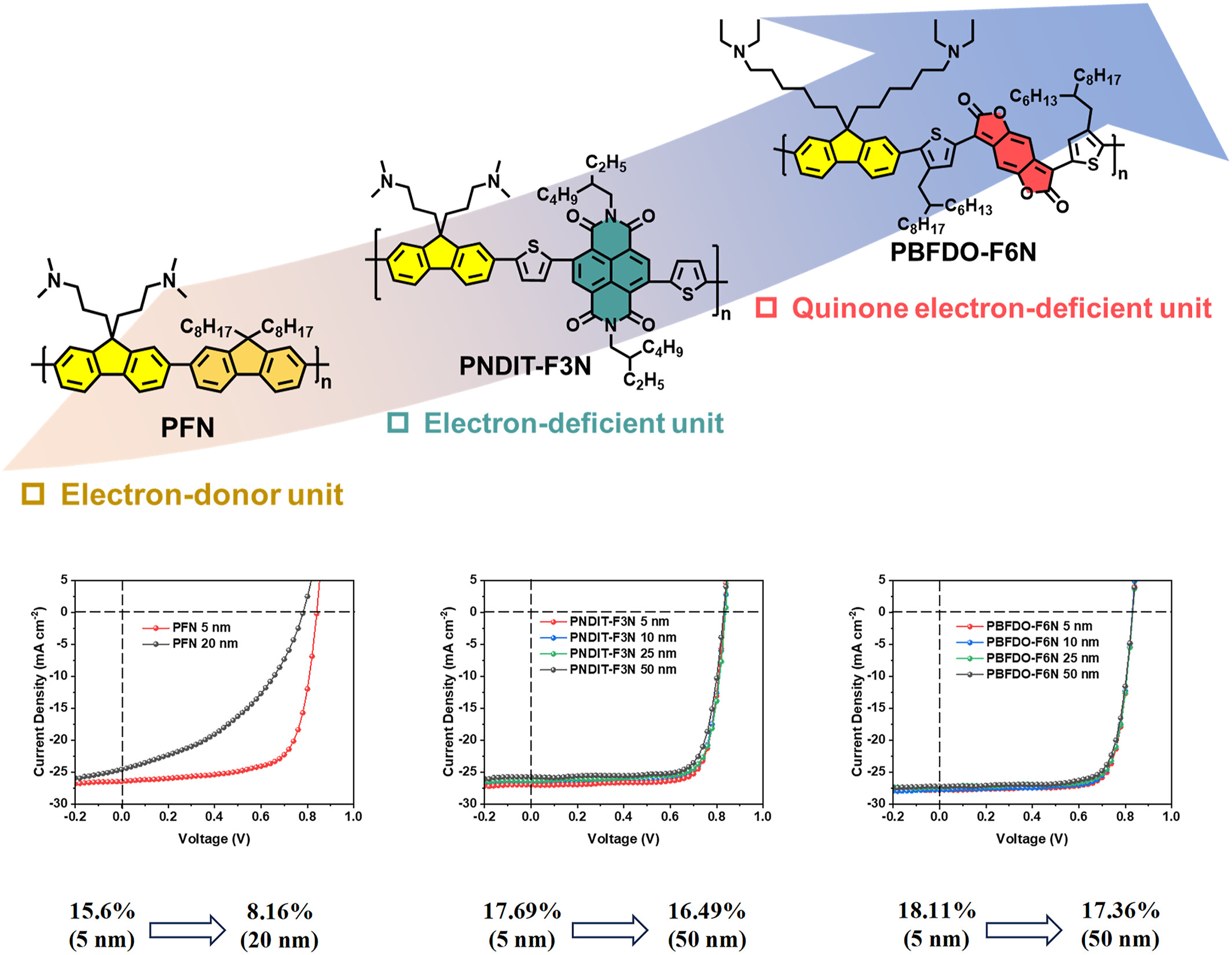
Novel self-doped conjugated polymers have been synthesized based on quinone electron-deficient units derived from benzodifurandione (BFDO). When used as an electron transport layer, polymers can effectively enhance electron transport and improve device efficiency. The materials also exhibit excellent performance under thick film and can maintain 96% device efficiency, indicating the great application prospects for large-scale roll-to-roll printing.
Evolving photonic authentication with sustainable luminescent smart e-tags
- Pages: 116-126
- First Published: 07 May 2024
REVIEW
Principles, fabrication, and applications of halide perovskites-based memristors
- Pages: 127-149
- First Published: 03 July 2024

Firstly, we comprehensively analyze the material characteristics of halide perovskites (HPs) in this review. Secondly, the development history, device structure, and performance parameters of the memristors are introduced in detail. Thirdly, the resistance mechanism and the latest application of HPs-based memristors are introduced. Finally, the challenges and perspectives of HPs-based memristor are analyzed and concluded.
ARTICLE
A deformation mismatch strategy enables over 120% stretchability of encapsulated serpentine silicon strips for stretchable electronics
- Pages: 150-159
- First Published: 05 July 2024
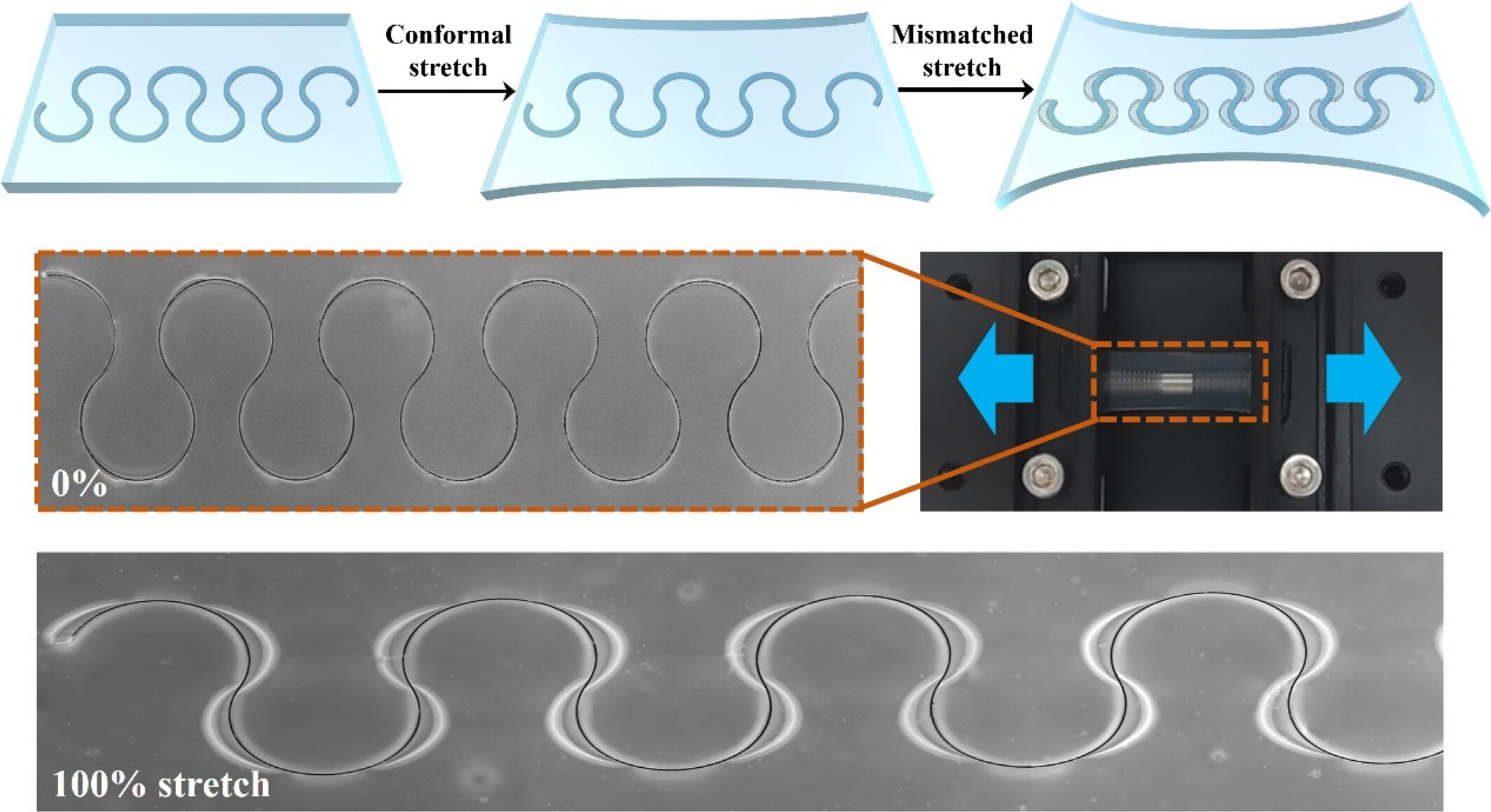
Encapsulated serpentine silicon strips with unprecedented stretchability exceeding 120% are achieved through a strategy of deformation mismatch, which breaks the constraints between silicon structures and polymers, and effectively reduces the strain concentration in silicon structures. This strategy solves the problem of excessive constraints and strain concentration in hybrid stretchable systems, and will promote the development of stretchable electronics.
REVIEWS
Recent progress in covalent organic frameworks for flexible electronic devices
- Pages: 160-172
- First Published: 24 June 2024
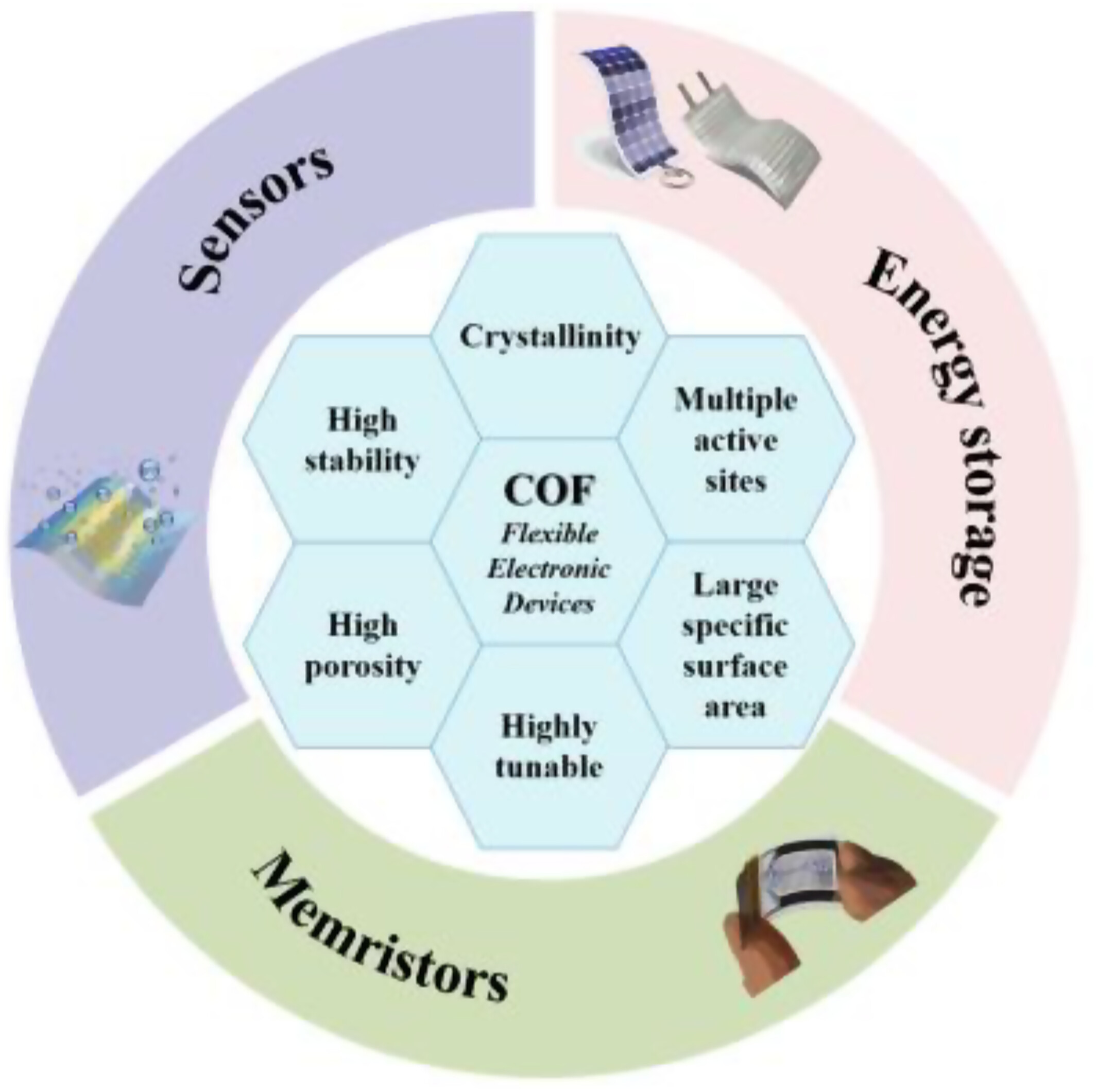
The TOC encapsulates the innovative developments in COFs, centering on their applications in flexible electronics. The graphic illustrates COFs' core attributes—high stability, crystallinity, multiple active sites, high porosity, and large specific surface area. The paraphrase in the circle outside of these properties are the practical applications: sensors, energy storage, and memristors, each benefiting from the intrinsic qualities of COFs to enhance device performance and flexibility.
Purely organic room temperature phosphorescent materials toward organic light-emitting diodes
- Pages: 173-192
- First Published: 14 June 2024
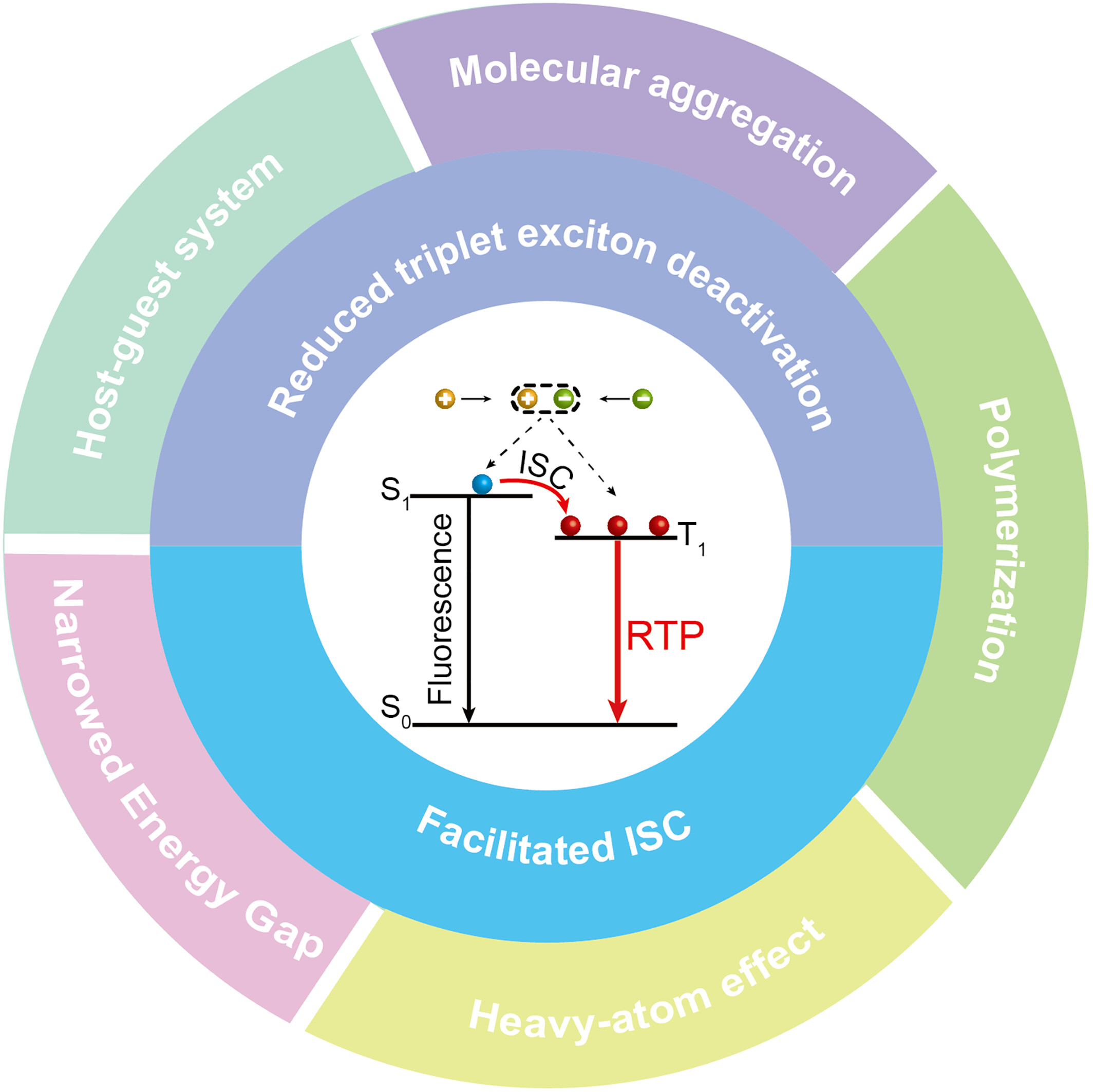
Purely organic room temperature phosphorescent (RTP) material has significantly advanced our understanding and technological capabilities within organic semiconductors and optoelectronics, facilitating the development of cost-effective and highly efficient organic light-emitting diodes (OLEDs). Herein, we delve into the latest advancements in RTP materials for OLEDs, highlighting breakthroughs in material synthesis, photophysical properties, and applications.
ARTICLES
Construction of multi-decay pathways and realizing polymer-regulated organic smart luminescent materials
- Pages: 193-202
- First Published: 14 June 2024
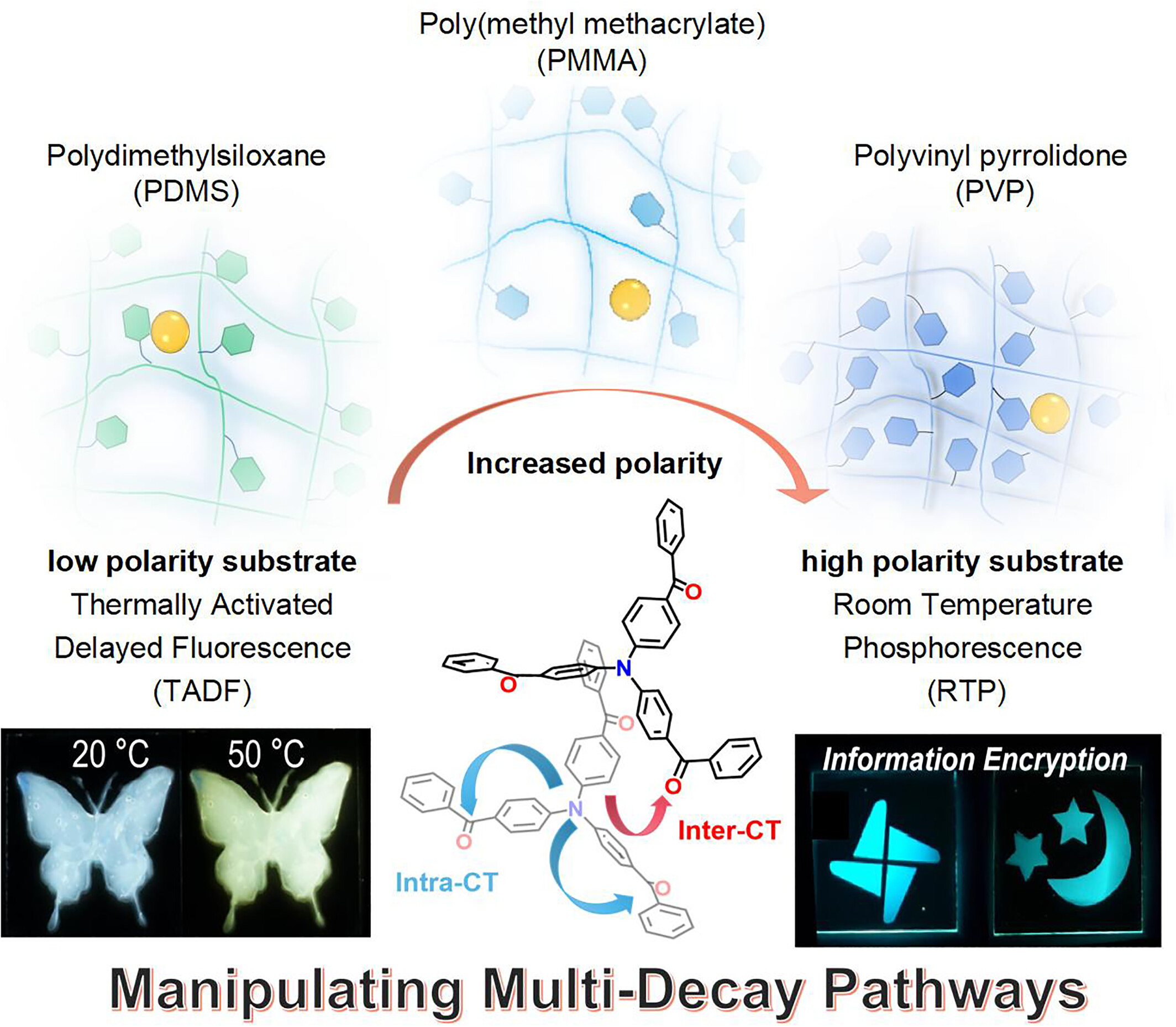
We have successfully developed a triphenylamine derivative, TPA3BP, that can exhibit thermally activated delayed fluorescence in both the polydimethylsiloxane (PDMS) and crystalline states, but also achieves room temperature phosphorescence by embedding it in the high polarity poly(methyl methacrylate) (PMMA) and polyvinyl pyrrolidone (PVP) matrix. This progress provided a suggestive molecular design strategy to achieve smart organic materials for widespread applications.
Implementation of high-performance, freestanding flexible film masks through photosensitive polyimide for arbitrary surface micropatterns creation
- Pages: 203-215
- First Published: 04 June 2024




